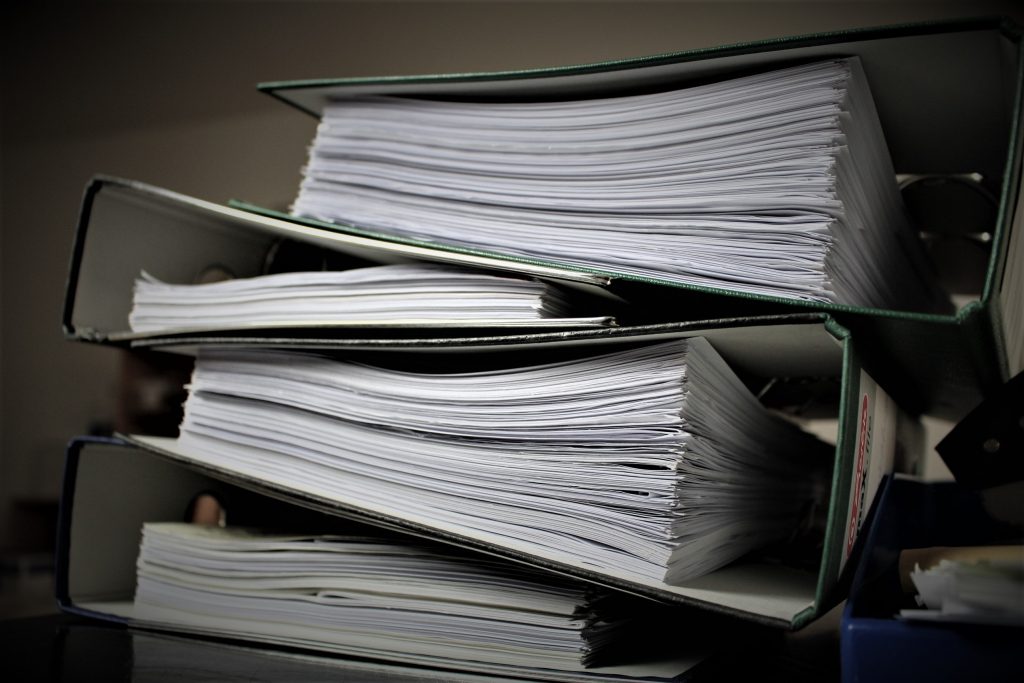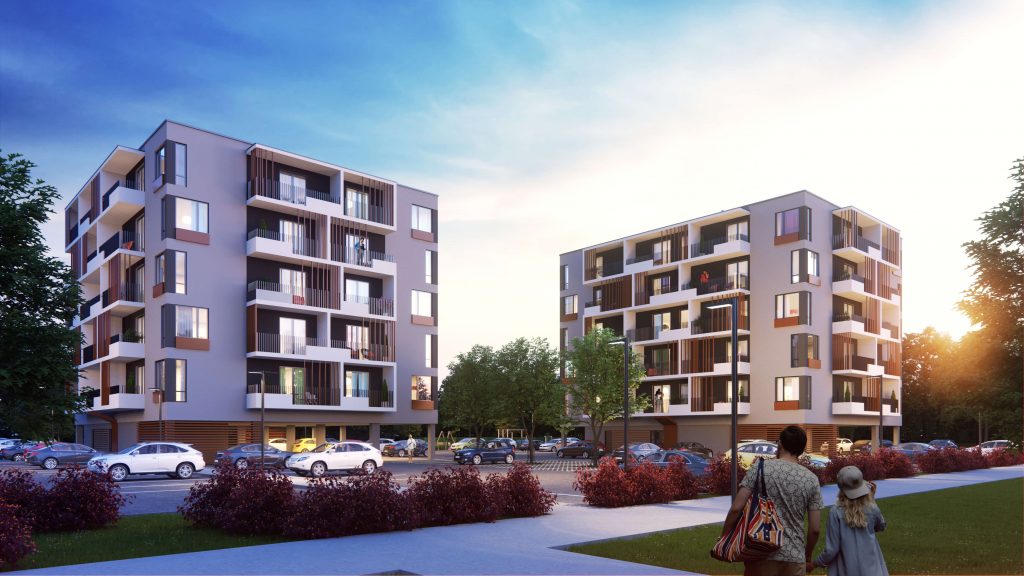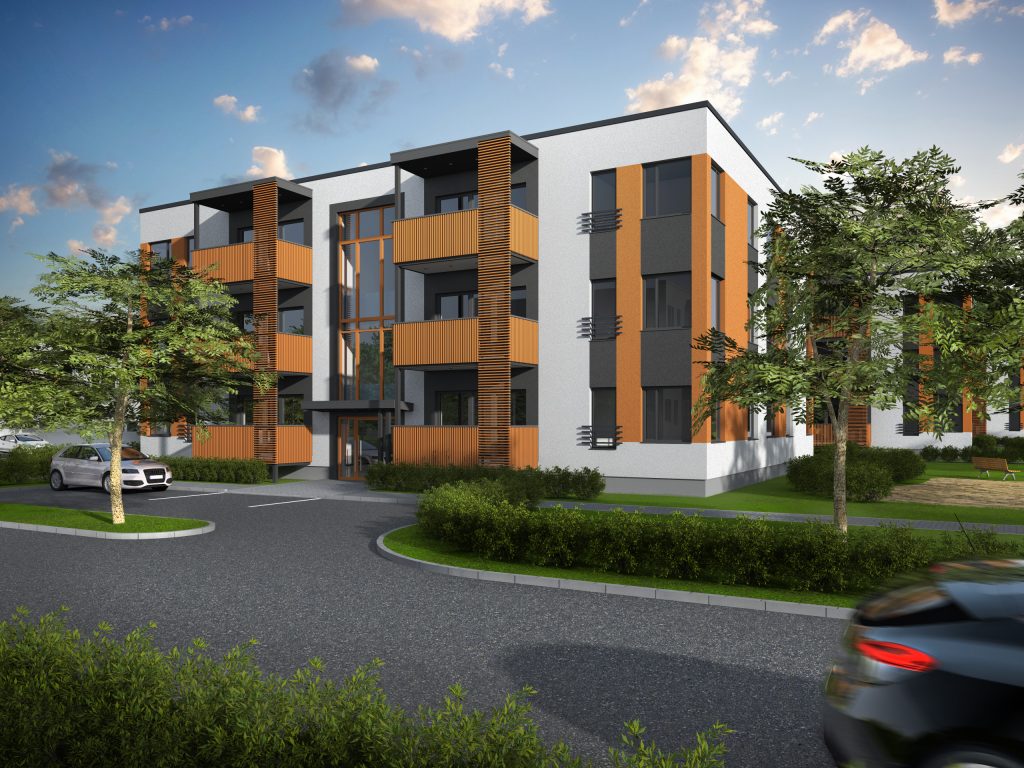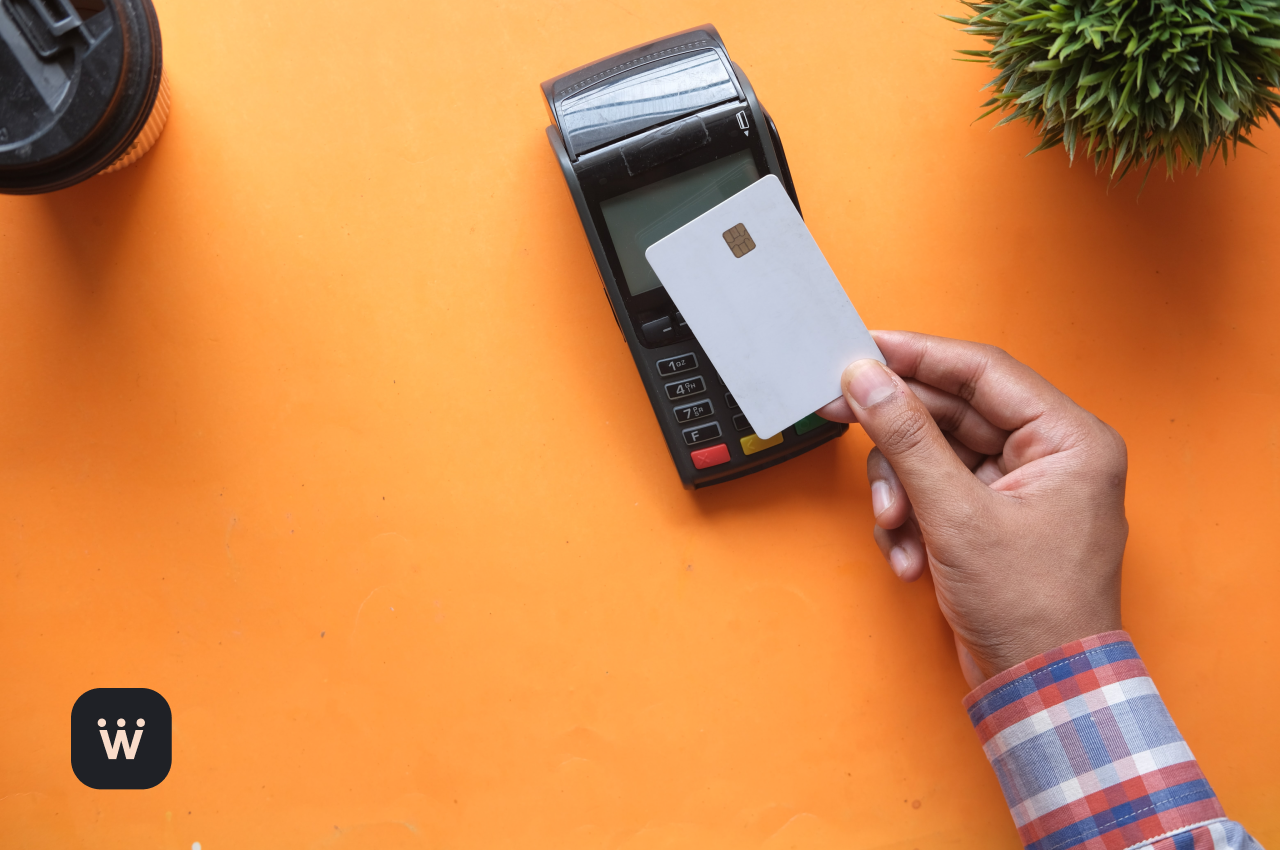Reading time: 5 min.
Crowdfunding can be divided into several parts. On the one hand, we may draw a line between loans and equity investments; on the other hand, the financial volume of investment projects may come into play. For example, while for short-term consumer loans, the diversification effect, where thousands of small loans can be taken into the portfolio, works fine, then for larger real estate projects, this might be a problem – the number of offered projects is always extremely limited.
The minimum investment amount (ticket) of Crowdestate is unusually high for the crowdfunding sector – 100 euros, which, on the one hand, commits the investors to do their homework better. On the other hand, however, it is clear that when investing with nickels and dimes, it is not possible to achieve the necessary diversification in the portfolio, as on average, the volume of our offered project reaches hundreds of thousands of euros. Before making the investment, we always give the investors a possibility to thoroughly examine the project so that you could make an informed investment decision. We often support the information about the project with other materials, such as a financial model.
When preparing the profitability assessments of the project, we generally proceed from three scenarios: negative, baseline, and optimistic. For all scenarios, we assess the future potential and try to understand how the project’s profitability and risk change in different cases.
For example, in case of the development project at 2 Sooja Street, Saue, the project’s sponsor applied for an unsecured loan. Our precondition was that the investors must earn a preferential interest rate of 18%. In this case, we must be convinced that the project is able to service the investors’ loan even in the case of a cooldown of the apartment market. Comparing the apartments in the project under development with competing offers, we can see that on average, our competitors are somewhat more expensive than our baseline scenario. A more favourable price could stimulate increased interest in the apartment, as a result of which, the project-related risk might drop significantly. In this case, the developer is ready to adjust the prices upwards. Conversely, we must be prepared for a conservative assessment, which is why, in the case of a negative scenario, we assume a somewhat lower average price per square metre. If even in this case, the project is still attractive for the investors and developers, we will offer it to our investors. A negative scenario, however, does not mean that the project is loss-making – instead, this is merely our opinion on the possible return, should the estimated conservative sales level realise.
When assessing the potential success of a project, we must consider different variables. Although the financial model or other materials supporting the project provide a lot of information known in advance – such as the cost of purchase, state fees, connection costs, or, for corporate loans, balance sheet and income statement – it is nevertheless difficult to precisely assess the risk. For a development project, the construction cost may change more than expected and for financing businesses, the sale could move in an unexpected direction. And yet, given such uncertainty, it is important to understand the risks as much as possible and if necessary, assess them in our suggested financial model.
For projects completed in stages, it is wise to compare the change of financial models over a longer period of time. For example, Global Nord Timber, who is engaged in exporting sawn timber from Russia to Asia, has borrowed funds from Crowdestate five times to finance working capital. The financing period of the first loan was 7 months and the published financial forecast covered the said period. During the forecast period, the sponsor hoped to earn nearly 4.1 million euros in sales revenue. According to the latest information, the expectations did not realise and the actual result for the entire 2018 was 2.5 million euros. From the financial model of stage five, we could see that future forecasts have been assessed as notably more conservative. By the way, a financial model enables to assess the company’s future plans in terms of using the loans. Although Global Nord Timber has taken a business loan through Crowdestate five times, the existing liabilities have been refinanced with the received loans and the remaining capital used for the development of the company. Cash flow statement takes into account the use of capital and shows how much available cash flow the company has to support its activity!
It is always wise to work through financial models. If a project raises funds for the first time, like the aforementioned Sooja Street project in Saue, then there might be similar projects that have already been financed and you can get help from comparable data of the funded projects. Within the Kalevi Kodud project, 3 apartment buildings were developed not too far outside the city, the data of which could have been used for comparative assessment of the Sooja Street project.
However, if the funds are raised in stages, valuable information will be added with each stage and here, one should review the models of all stages. Once a quarter, the project sponsors of Crowdestate bring you an overview of the business activity. There, you may find valuable information about the progress of sale and receive hints about the future. Of course, you can always ask for additional information also in the project commentary. Our employees are always ready to answer any questions you might have via info@crowdestate.eu.





